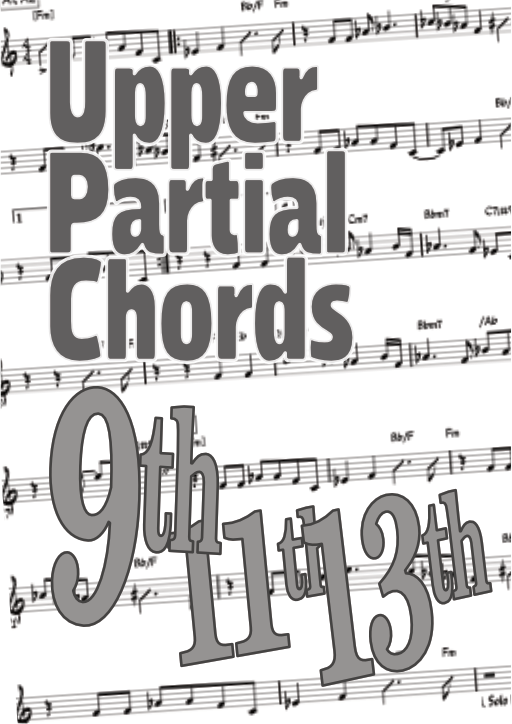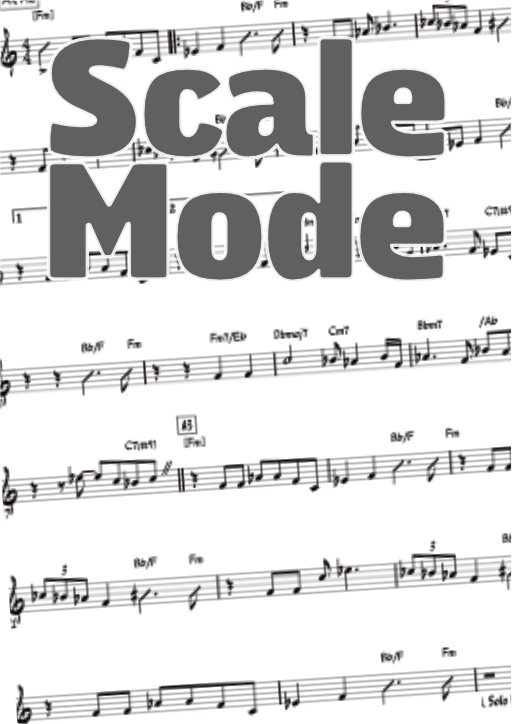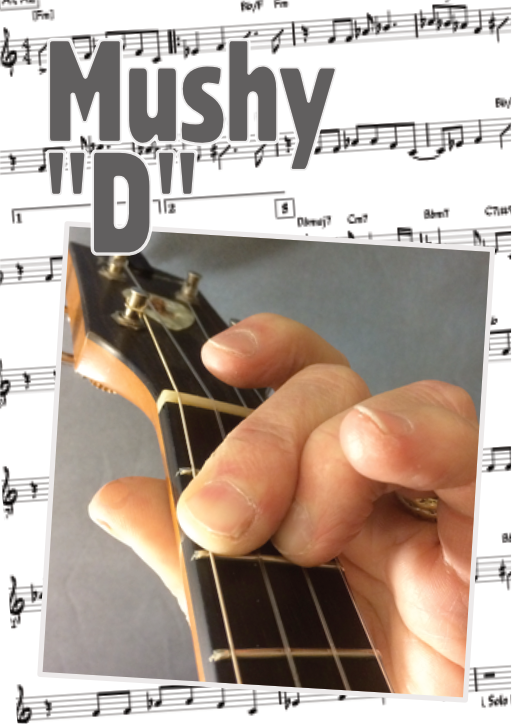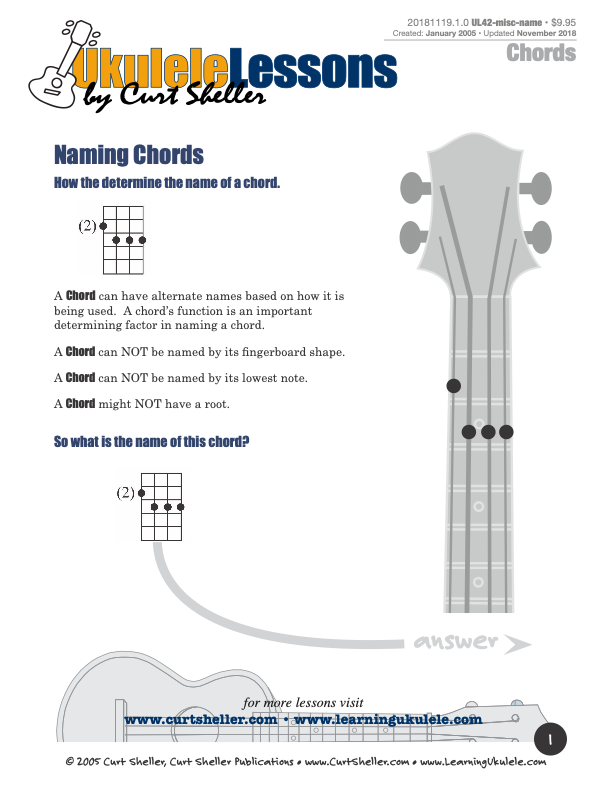A Chord can have alternate names based on how it is being used. A chord's function is an important determining factor in naming a chord. So unless you know the harmonic function of a given chord, you might not be able to accurately name it.

Not all seventh chords are actually "dominant" seventh chords. This lesson covers when is a Dominant Seventh Chord NOT truly a Dominant seventh?

Upper Partials or extensions for chords are the 9th, 11th, and 13ths of a chord. The 9, 11 and 13 can be altered chord tones depending on the type: e.g: b9, #9, #11, b13. These numbers, the 9, 11 and 13 refer to the scale tone/chord tone relative to the major scale used for building all chords.

The terms "scale" and "mode" are often used interchangeably, but strictly speaking, there is a significant difference between them in music theory. Although they may share the same set of notes, a scale and a mode or modal scale are not the same thing. It's important to note that a scale and a mode can contain the same notes.

There are several ways to finger an open position D major chord. Depending on the context of how it's being used, one fingering might be better than another. Discover the "Mushy D" fingering.
Results: 965
PDF Download Available • Web Content Only
An open source, blazingly fast and hyper relevant
search-engine that will improve your search experience.




.jpg)